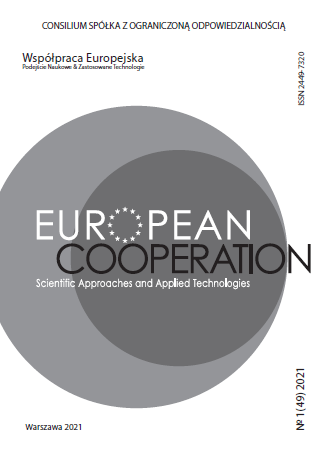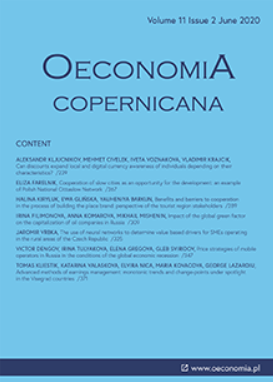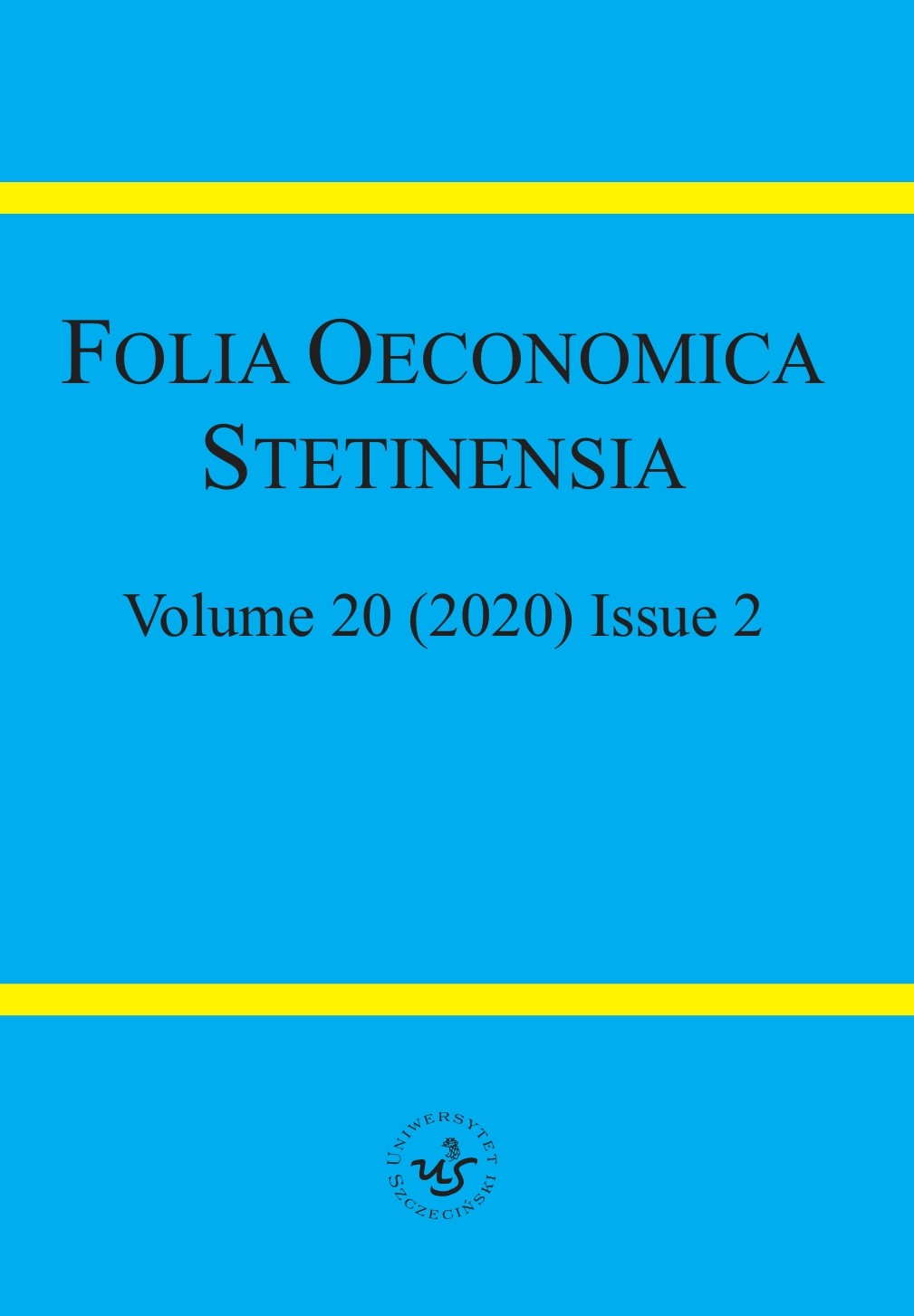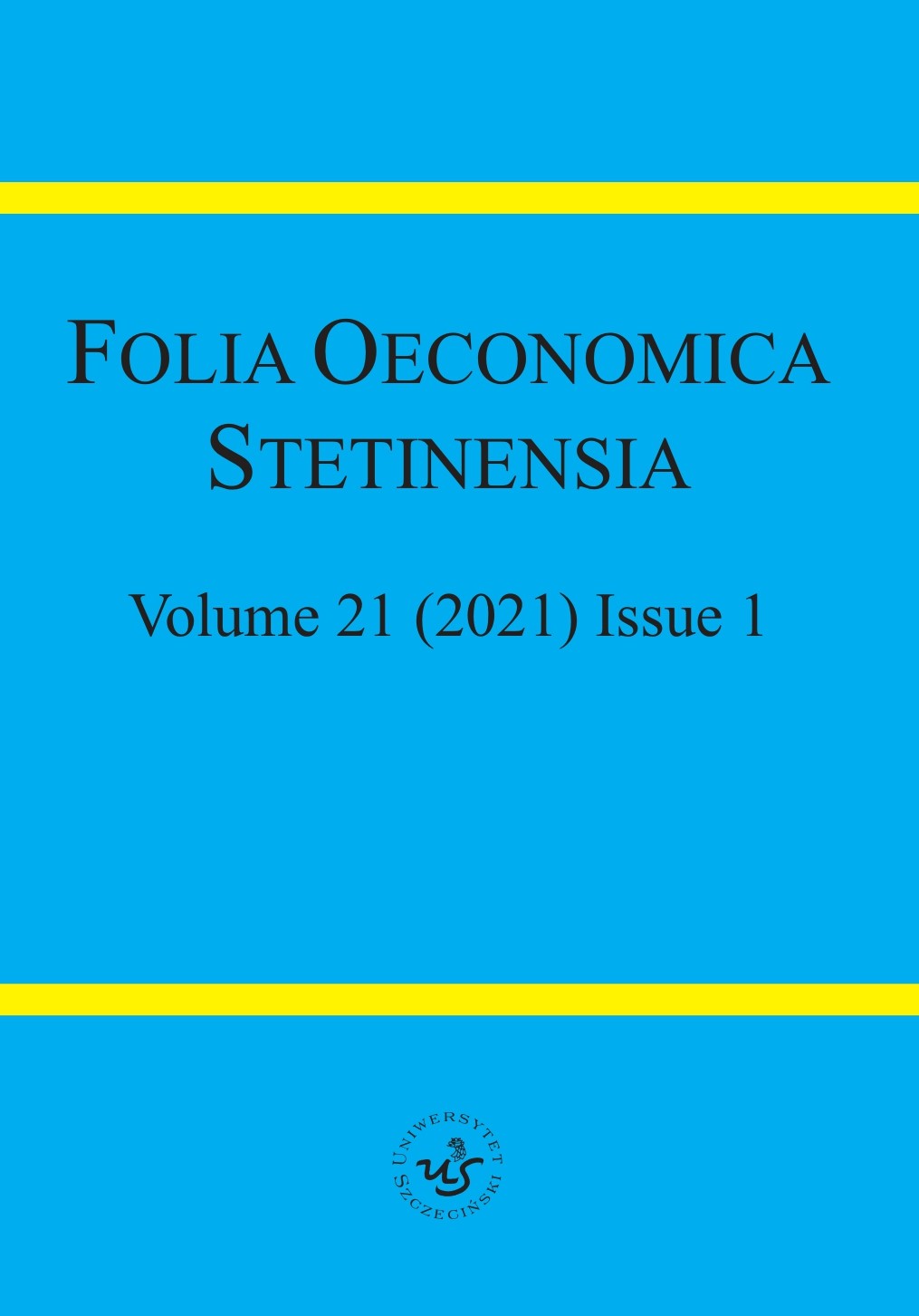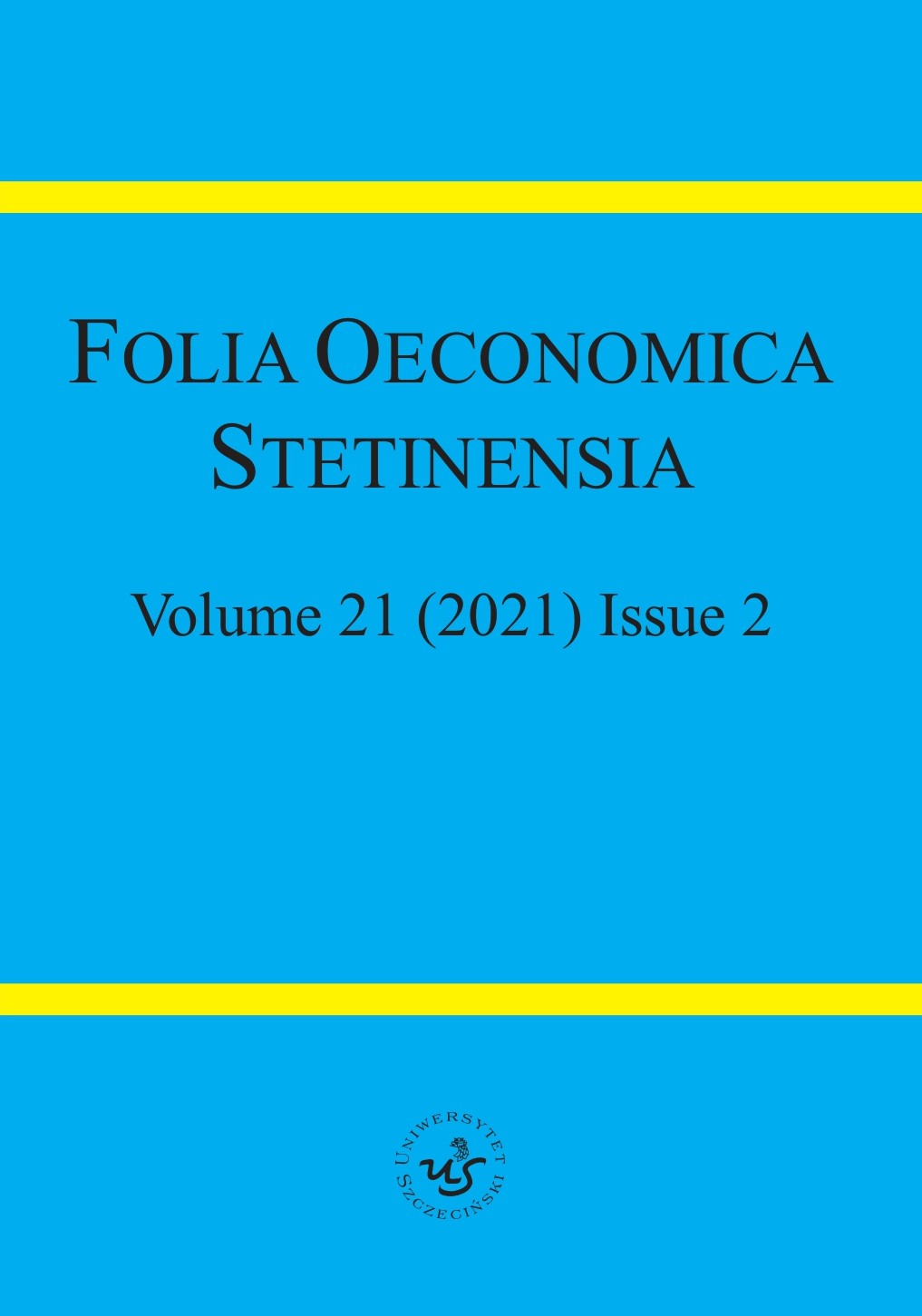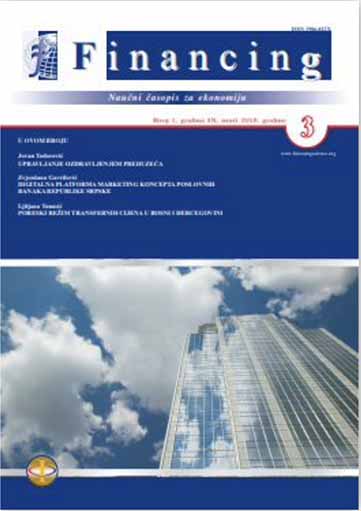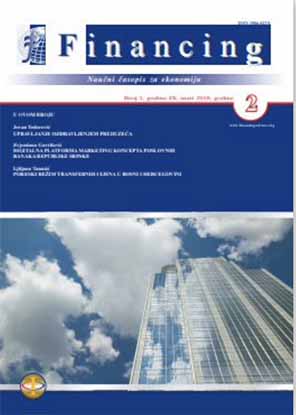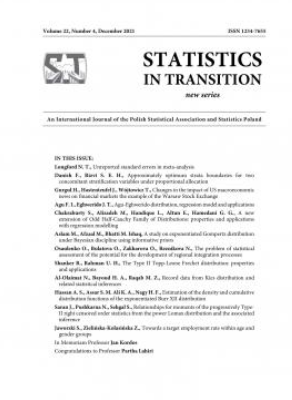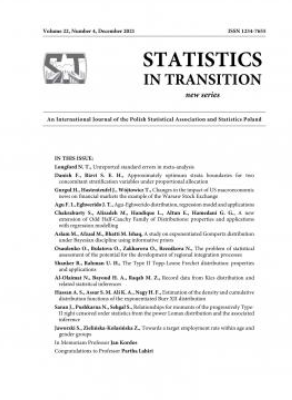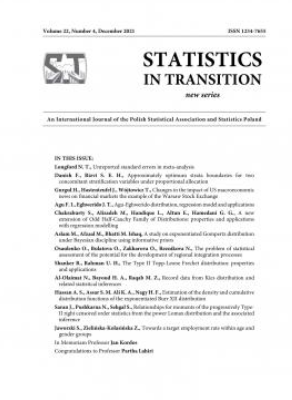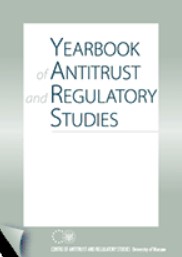
6th Competition Law and Policy Conference in Memory of Dr. Vedran Šoljan – ‘Challenges to the Enforcement of Competition Rules in Central and Eastern Europe’ & ‘Competition Policy Enforcement in Digital Economy: Recent Developments’
The 6th Competition Law and Policy Conference in Memory of Dr. Vedran Šoljan, co-organised by the University of Zagreb – Faculty of Economics and Business (EFZG), the Croatian Competition Agency (AZTN), the Croatian Competition Law and Policy Association (HDPPTN) and the European Documentation Centre EFZG, was held in Zagreb on 12–13 December 2019. A conference devoted to competition law and policy developments in Croatia, the wider CEE region and the EU as a whole, started off in 2009 as a small scale event aimed at presenting the results of an EU merger control reform project, led initially by Professor Vedran Šoljan (University of Zagreb), and continued on by Professor Jasminka Pecotić Kaufman (University of Zagreb) after his untimely death in 2008. Eventually, the Conference evolved into a large-scale event, and a tribute to the late Professor Šoljan, gathering around 150 participants from Croatia and abroad.
More...

